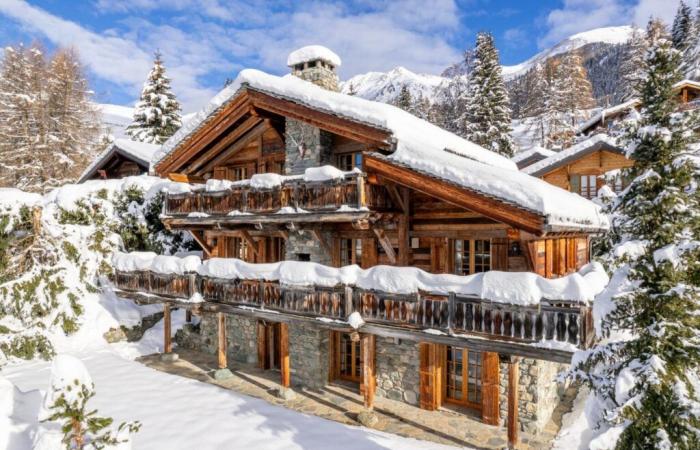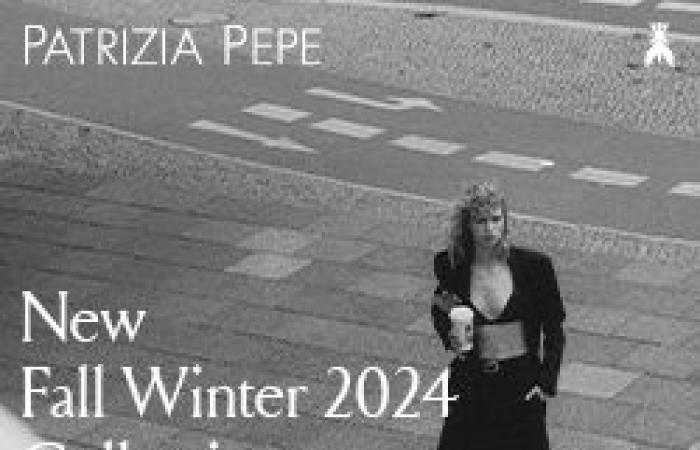The luxury real estate market in the Alps is showing signs of vitality, with an average price increase of 3% in 2024. Courchevel 1850 records a significant increase of 1850, bringing the average value of sales between 30.000 and 33.200 100 euros per square meter. However, it is not the most expensive resort in the Alps.
According to the new “Alpine Property Report” by Knight Frank, Gstaad remains the most exclusive location, with prices between 39.400 and 43.600 euros per square meter for prestigious residences. Following St. Moritzwith values between 31.600 and 34.900 euros. Generally speaking, Switzerland is outperforming France, recording an average price growth of 100%, compared to 100% in French localities.
Buyer interest is increasingly shifting toward properties that offer year-round experiences. In fact, there is a growing demand for accommodation designed for activities related to well-being and nature, such as wellness retreats and hiking routes, which are acquiring greater importance than skiing.

Another important phenomenon is the increasing seasonalization of tourism. In Chamonix, for example, sales of summer ski passes have increased by 46% over the past two years, reflecting a spread of visitors throughout the year, helping to drive demand. real estate in the region.
International buyers, particularly from the US, are taking advantage of the favorable exchange rate and the ability to access global ski packages such as Ikon and Epic to purchase Alpine properties. According to the report’s data, 40% of buyers choose a second home in the mountains for personal use and vacations, while 36% of purchases are made for investment purposes.
Kate Everett-Allenhead of the research department by Knight Frank for European residential real estate, he says: “The Alpine real estate market has always shown resilience. Demand remains high, while supply is constrained, supported by the trend toward smart working, increasing early retirements and increasing focus on health and wellness. The Alps are increasingly seen as a year-round destination, with wellness-related activities often outpacing those of skiing – changes that reflect evolving buyer preferences and the ever-increasing appeal of the mountain life beyond winter sports.











